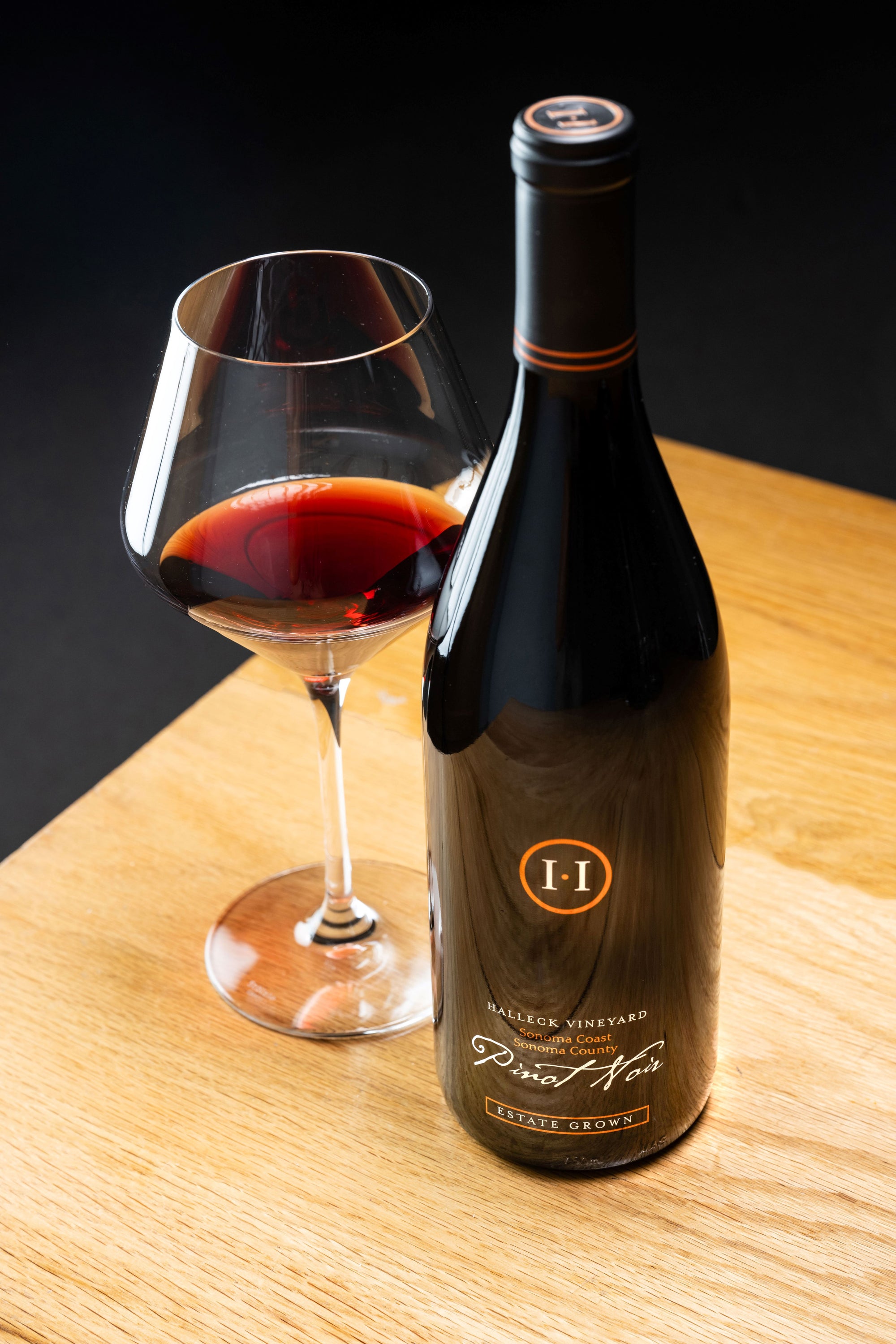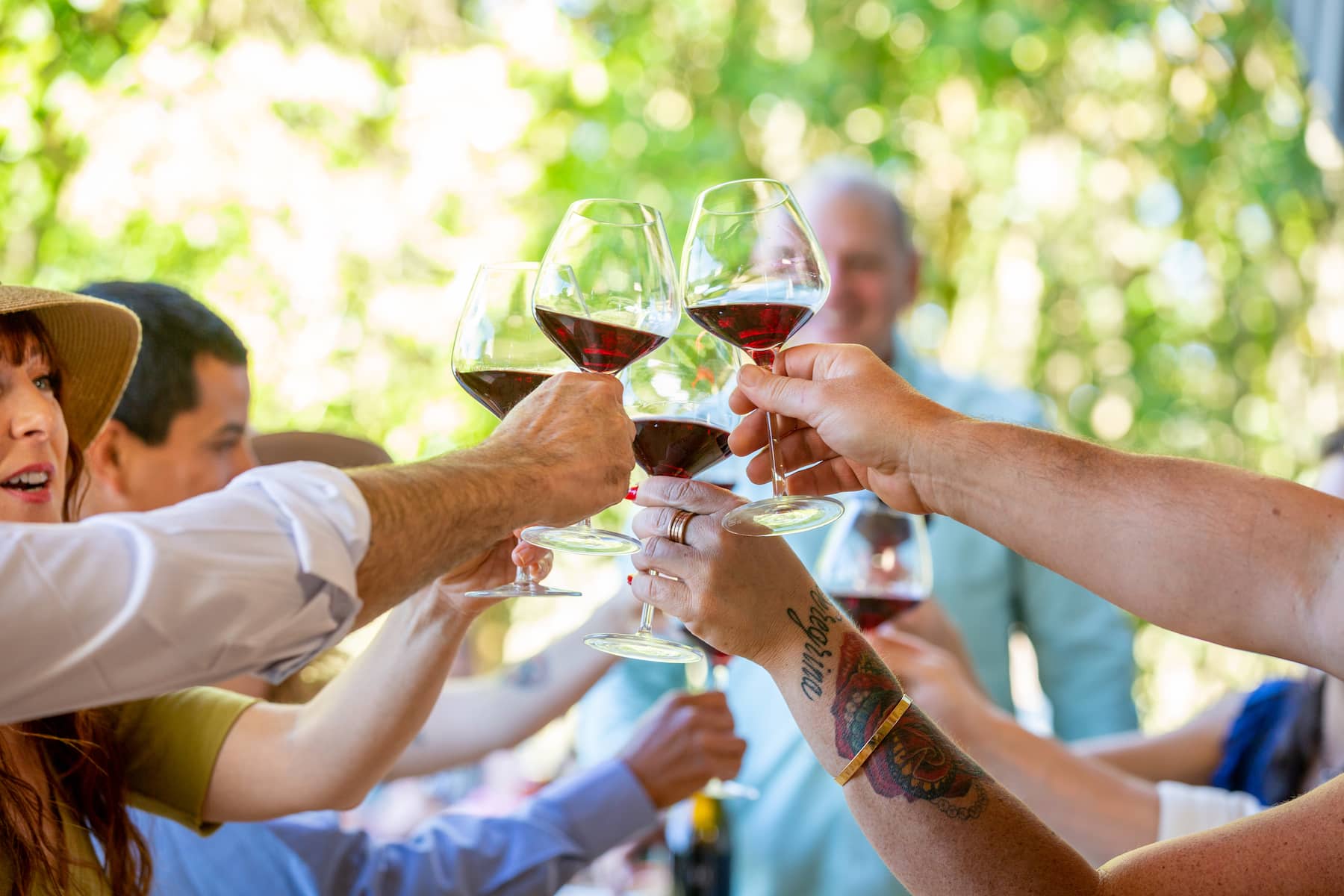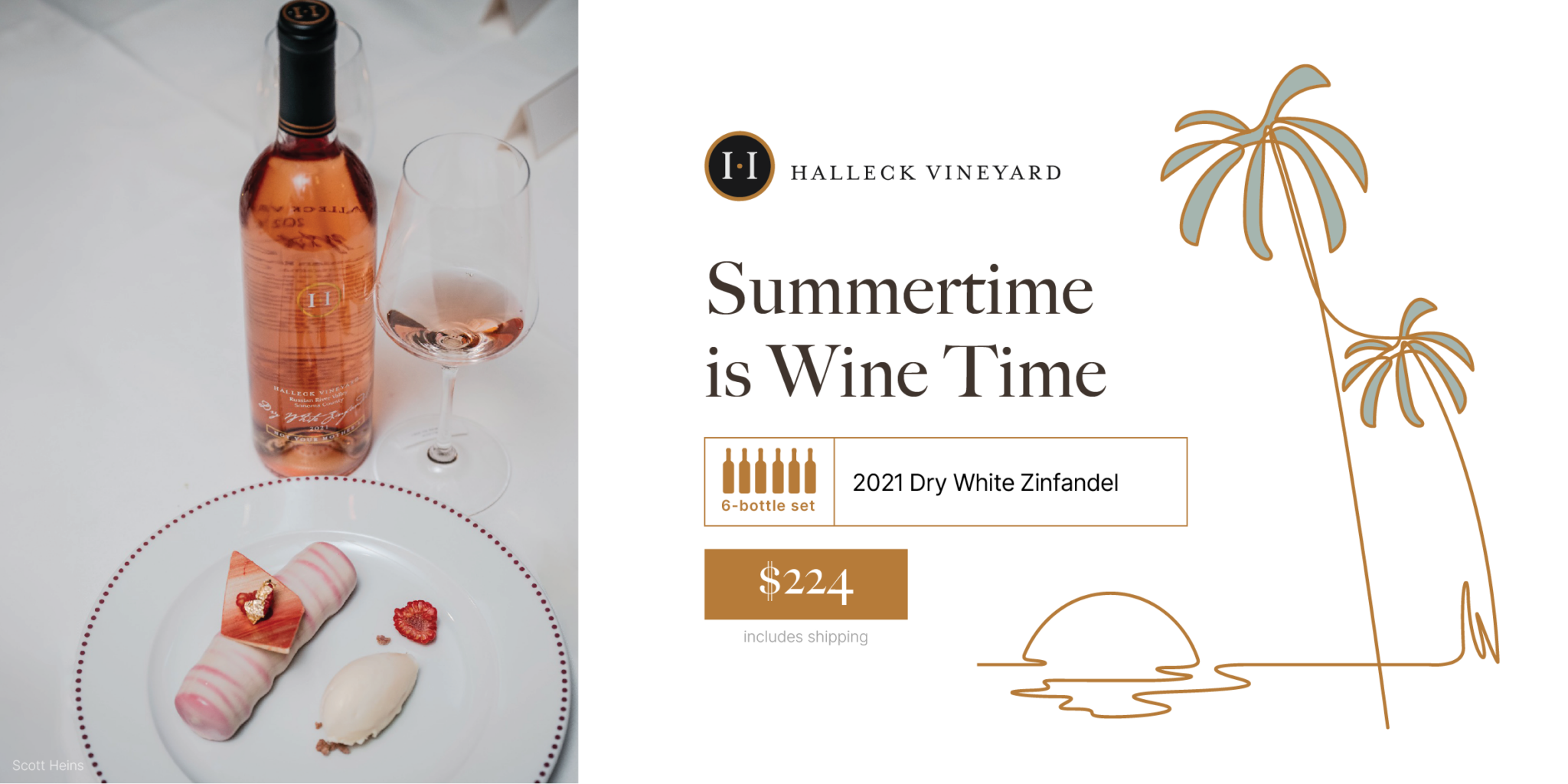Wineries Featuring Seasonal Wine Events In Sonoma - Sonoma Wine Tastings
Wineries Featuring Seasonal Wine Events In Sonoma - Sonoma Wine Tastings
Blog Article
Wineries In The Heart Of Sonoma County Wine Region - Sonoma Wine Retreats
Wine tasting is an art that mixes sensory experience with an appreciation for the nuances of various varietals. How to evaluate flavors in winery wine tasting sessions is pivotal to greedy the complexities of wine.
Participating in a wine tasting involves more than simply sipping and savoring. It requires a centered method to establish aromas and flavors that every wine presents. As you begin, observe the wine's appearance, noting its colour and clarity. These visual cues usually counsel a wine’s age, grape variety, and even potential flavor profiles.
The next step within the tasting process is to swirl the wine in your glass. This action releases aromatic compounds which are important for analysis. Lean in and take a moment to inhale deeply; the aromas can range from floral and fruity to spicy and earthy. The nostril of the wine is simply as essential as the palate, and recognizing scents plays a major function in understanding the overall experience.
When taking your first sip, allow the wine to maneuver throughout your palate - Wineries Known For Sustainable Practices In Sonoma. Discover the initial flavors that present themselves. Is the wine fruity, floral, or maybe herbaceous? This preliminary taste gives insight into what the wine is more probably to categorical as you proceed to gauge it. The mouthfeel additionally contributes to the overall flavor experience; it can be silky, tannic, or even effervescent.
Artisan Wineries In Russian River Valley - Sonoma's Finest Wineries
As you continue tasting, take note of the wine’s stability. A well-balanced wine will harmonize acidity, sweetness, and tannins. If one element overwhelms the others, it'd indicate a less desirable quality. Evaluating balance may help you establish how nicely the wine would possibly pair with food.
Transitioning to the end, think about how the flavors evolve as the wine lingers in your palate. A long, pleasant end can indicate a high-quality wine, whereas a brief or abrupt finish might suggest in any other case. Replicate on whether the flavors remain consistent or if new notes emerge because the wine settles. This development can reveal complexities and intricacies which may not have been apparent in the preliminary tasting.
Temperature is also an important think about evaluating wine flavors. Different forms of wine are optimally loved at specific temperatures. White wines usually shine when chilled, whereas red wines usually carry out greatest at room temperature. When tasting, ensure the wine is at the appropriate temperature to completely respect its character.
Top Rated Wine Experiences In Sebastopol - Explore Sebastopol Area Vineyards
Pairing food with wine can significantly improve the tasting experience. Foods can influence the perception of flavors in wine, both highlighting sure traits or diminishing them. When evaluating flavors, think about how the wine interacts with totally different foods, noticing which flavors are amplified or muted (Family-Oriented Wine Tasting Venues In Sebastopol).

Consider the affect of terroir as you interact in a winery tasting. Terroir encompasses the distinctive environmental elements that have an result on grape growing, together with soil composition, climate, and geography. Understanding a wine's terroir can present insight into its flavors and aromas, fostering a deeper appreciation for the alternatives made during its cultivation and manufacturing.
Training plays a basic role in enhancing one's capability to evaluate wine flavors. Learning about grape varieties, wine areas, and production methods can pave the way for more knowledgeable judgments during tastings. Additionally, attending workshops or classes can refine sensory skills and broaden your flavor vocabulary, enabling you to articulate tasting notes more effectively.

Finally, it is essential to remember that evaluating wine flavors is a highly personal experience. Particular Person preferences and perceptions will invariably shape one’s tasting journey. Enjoyment should be at the forefront, with the evaluation course of appearing as a device to enhance understanding and appreciation somewhat than create inflexible tips.
Charming Wineries With Views In Sonoma Valley - Enjoying Wine In Sebastopol
In conclusion, mastering how to evaluate flavors in winery wine tasting periods entails a combination of sensory engagement, knowledge, and practice. By learning to determine aromas, assess the stability, and recognize the intricacies of flavor, wine enthusiasts can deepen their connection to every bottle they encounter. As with any art kind, the more one immerses themselves in the experience, the more they will discover and enjoy the vast world of wine.
- Begin by observing the wine's colour and readability, as these visible components can trace at its flavor profile and getting older potential.
- Swirl the wine gently in your glass; this releases fragrant compounds, allowing you to better identify the complex scents associated with the wine.
- Take a deep inhale before tasting, focusing on both main and secondary aromas to collect insights on fruits, spices, and other nuances.
- When tasting, permit the wine to coat your palate; note the initial flavors, the mid-palate complexity, and the finish as these stages can provide different flavor highlights.
- Pay attention to texture and mouthfeel, as aspects corresponding to tannin ranges, acidity, and sweetness contribute significantly to the general tasting experience.
- Evaluate flavors in opposition to commonplace wine traits; for purple wines, contemplate berry notes, oak affect, and natural tones, while whites may include citrus, stone fruits, and floral hints.
- Take notes during the tasting session to trace your impressions, serving to you to recollect and evaluate the different wines sampled.
- Discuss your findings with fellow tasters or winery workers, as sharing insights can improve understanding and appreciation of particular person flavors.
- Permit time for the wine to breathe; sometimes, flavors evolve and reveal new dimensions after being exposed to air.
- Experiment with food pairings in the course of the tasting as they'll dramatically alter how flavors are perceived, influencing total enjoyment.undefinedWhat should I look for when evaluating the aroma of wine throughout a tasting?
Begin by swirling the wine in your glass to release its aromas. Deliver the glass to your nostril and take a deep breath. Pay consideration to the first scents you detect, as these are sometimes essentially the most outstanding. Look for fruit, floral, herbal, or earthy notes and try to this post establish particular characteristics, which is ready to deepen your understanding of the wine's complexity.
Charming Wineries With Views In Sonoma Valley - Wineries Near Sebastopol For Tasting

How can I distinguish between completely different flavor profiles in wine?
Perceive that flavor profiles are often categorized as fruit, floral, herbaceous, spicy, or mineral. Take small sips and allow the wine to coat your palate. Notice the primary flavors that emerge first and the refined notes that comply with. This layering is important in distinguishing the wine's characteristics and can allow you to recognize its distinctive profile.
Family-Oriented Wine Tasting Venues In Sebastopol - Wine Tasting Experiences In Sebastopol
What is the importance of the wine's texture in a tasting?

The texture of the wine, also called mouthfeel, plays an important function in how we perceive flavors. Pay attention as to if the wine feels clean, creamy, or gritty. The body of the wine (light, medium, or full) can enhance or contrast with flavors, providing a extra rounded experience during tasting.
How do I assess the steadiness of flavors in wine?
Steadiness in wine refers back to the concord between acidity, sweetness, tannin, and alcohol. Take a second to evaluate whether or not these elements complement or intrude with each other. A well-balanced wine could have none of its components overpowering the others, creating a nice tasting experience.
Remarkable Craft Wineries In Sebastopol - Sonoma's Best Vineyards
What function does temperature play in evaluating wine flavors?
Temperature can significantly influence the notion of flavors. Generally, red wines are best served slightly under room temperature, whereas white wines take pleasure in being chilled. As the temperature modifications, the aromas and flavors can shift, allowing you to perceive different traits. It’s important to taste wine at its optimum temperature for true evaluation.
Wineries With Live Music Events Occasionally - Best Vineyard In Sonoma
How can I enhance my tasting skills over time?
Practice is vital to improving your tasting skills. Elegant Wine Tasting Locations In Sonoma. Attend tastings, maintain a journal of your experiences, and read this post here discover several varieties of wines to broaden your palate. Moreover, learning about wine manufacturing and grape varieties can provide context that enhances your analysis process, making you a more informed taster.
Is there a selected order during which I ought to taste the wines?
Wineries With Unique Tasting Experiences - Iconic Wineries Of Sebastopol
Sure, it’s advisable to taste wines from light to full-bodied and dry to sweet. This development prevents the stronger flavors from overshadowing the more delicate ones, allowing you to fully respect every wine's characteristics and nuances with out palate fatigue.
How can I consider the aftertaste of wine?
Eco-Friendly Wineries In Sonoma County - Sonoma Wine Tasting Tour
The aftertaste, or end, is a crucial side of the wine-tasting experience. After swallowing, pay consideration to how lengthy the flavors linger in your palate and whether or not they change. A lengthy, nice end is commonly an indicator of a high-quality wine, whereas a short or disagreeable finish could counsel in any other case.
Why is it necessary to notice the wine’s acidity during tasting?
Acidity contributes to the overall freshness and structure of the wine. Pay consideration to the tingling sensation in your tongue; larger acidity can improve the wine's liveliness and stability out sweetness. Noting acidity helps determine the wine's versatility with food and its getting older potential.
What ought to I do if I battle to establish specific flavors in wine?
Best Chardonnays From Sonoma Winemakers - Best Winery Located In Sonoma
Struggling to establish flavors is frequent, especially for novices. Focus on broader classes and describe what you'll be able to acknowledge, corresponding to sweet or earthy notes. With practice, studying about completely different flavor profiles, and maybe utilizing flavor wheels, you'll refine your senses and develop a more nuanced method to tasting. Report this page